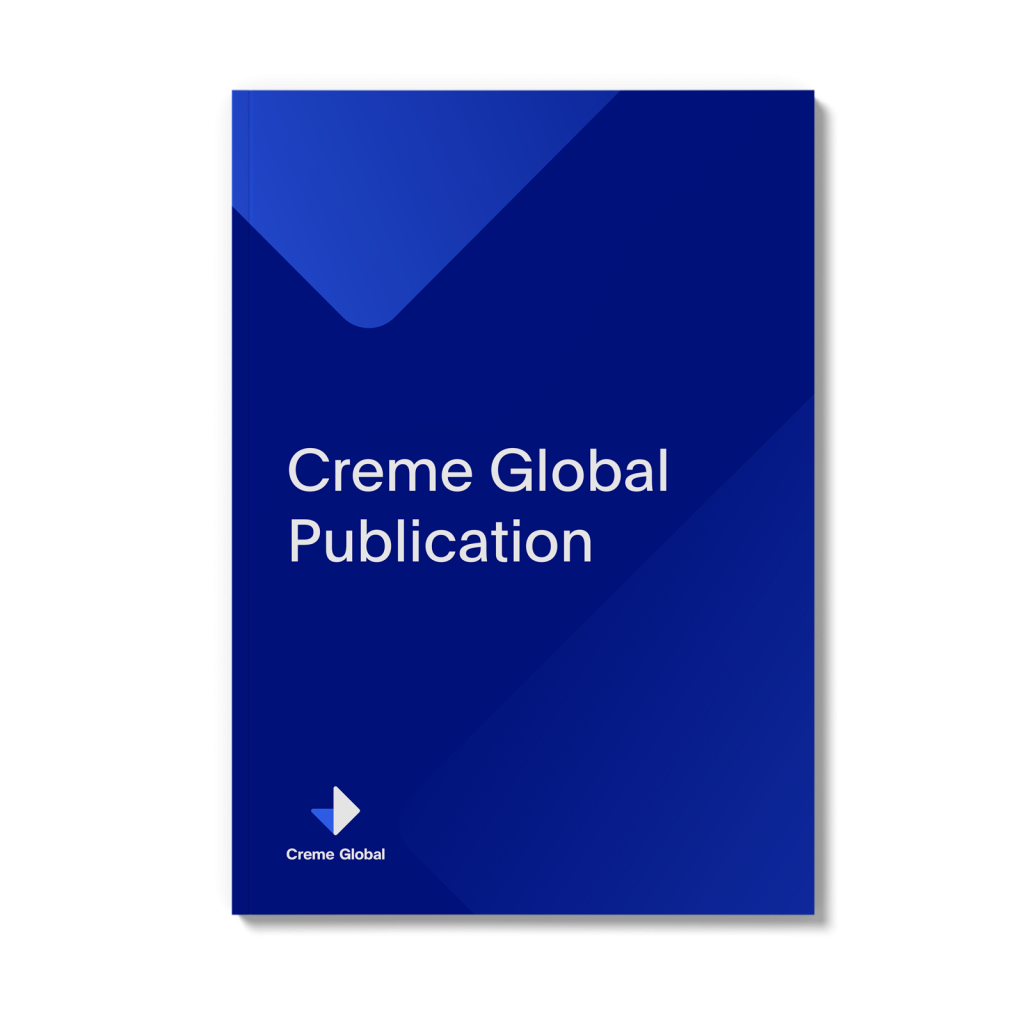Background:
Ensuring the toxicological safety of fragrance ingredients used in personal care and cosmetic products is essential in product development and design, as well as in the regulatory compliance of the products. This requires an accurate estimation of consumer exposure which, in turn, requires an understanding of consumer habits and use of products. Where ingredients are used in multiple product types, it is important to take account of aggregate exposure in consumers using these products. This publication investigates the use of a newly developed probabilistic model, the Creme RIFM model, to estimate aggregate exposure to fragrance ingredients using the example of 2-phenylethanol (PEA). The output shown demonstrates the utility of the model in determining systemic and dermal exposure to fragrances from individual products, and aggregate exposure. The model provides valuable information not only for risk assessment, but also for risk management. It should be noted that data on the concentrations of PEA in products used in this article were obtained from limited sources and not the standard, industry wide surveys typically employed by the fragrance industry and are thus presented here to illustrate the output and utility of the newly developed model. They should not be considered an accurate representation of actual exposure to PEA.
Methods:
Determination of aggregate exposure to a number of fragrance ingredients was conducted using a model developed by Creme Global in conjunction with RIFM (described here as the Creme RIFM model). Full details of the model are given in a concurrent publication (Comiskey et al., 2015).
The model uses probabilistic (Monte Carlo) simulation to allow sampling from distributions of data sets providing a more realistic estimate of aggregate exposure to individuals across a population. The Creme RIFM
Results:
The results for both applied product exposure and fragrance ingredient exposure are reported below. It should be noted that the applied product amount refers to the amount of product that is retained on the skin after application, taking into account the product retention factors. This product retention factor also helps define exposure to the individual fragrance ingredients.
The applied product and fragrance ingredient exposures are presented in the form of box-and-whisker plots which shows
Conclusions:
The dietary feedback system was used to deliver personalized dietary advice within a multi-country study. Overall, there was good agreement between the manual and automated feedback systems, giving promise to the use of automated systems for personalizing dietary advice.
